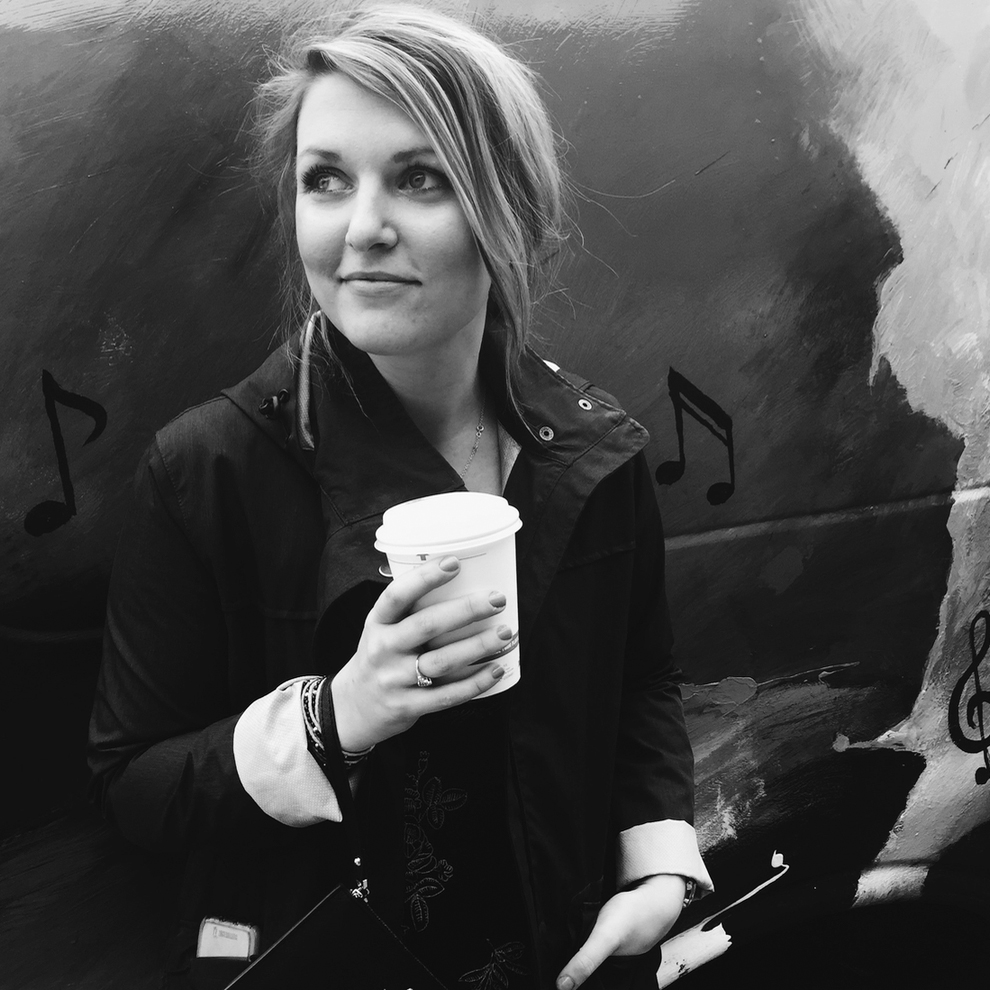
Why do we stick out our tongues when we're concentrating?
And why is it more common in little kids?

The protruded tongue is often our proof of a child's ultimate concentration — for example, when a youngster is learning to write letters or an infant is trying to mimic their parents. But it's not just kids; even adults stick out or press their tongues to the roofs of their mouths during especially difficult tasks. So what is it about deep thinking that causes us to engage, clamp and even stick out our tongues?
While it might seem that you're sticking out your tongue when thinking intently, it's really a product of what you're doing, Gillian Forrester, a professor of comparative cognition and deputy dean of the School of Science at Birkbeck, University of London. "What we've found is what people mean is they [stick out their tongue] when they are doing something delicate that requires fine motor activation of their hands."
One theory for why this happens is called motor overflow. Neuroimaging reveals that the region of the brain devoted to language (located in the inferior frontal gyrus) is highly overlapping with neural networks devoted to dexterity and tool use, according to a 2019 study published in Frontiers in Psychology. Motor overflow suggests that neurons firing in the dexterity region are so activated that they overflow into neighboring neural tissue (which happens to direct the mouth). Therefore, when you're deeply focused on a fine-motor task, the effect "spills over" into the language region, causing you to engage your mouth and tongue.
Related: Why do we bend our arms when we run?
This idea is likely part of what's happening, Forrester said. The hands and the tongue are the "only fine articulators on our bodies and are controlled by overlapping bits of our brain" in the left hemisphere, Forrester told Live Science. The 2019 study mentioned above, found that motor proficiency predicts language production, especially when using complex tools. The authors conclude that this means that tool-use (fine motor skills) and language share a cognitive process.
That said, the research about the tongue-concentration behavior is far from settled. Forrester said there's likely more to the story, and there may even be an evolutionary component.
In a 2015 study in the journal Cognition, Forrester and her colleague suggested that the way our mouths shadow our hands because it was the hands that were first involved in language. Forrester also studies apes, humans' closest living relatives. Apes primarily use gestures to communicate, and it's possible that early humans also communicated primarily with their hands until they started to use more complex tools. The hands became occupied, prompting our mouths and tongues to become the dominant means for communicating, according to their hypothesis.
Sign up for the Live Science daily newsletter now
Get the world’s most fascinating discoveries delivered straight to your inbox.
"That's likely why you see so much gesturing going on when we speak and why vision is our primary sensory tool," Forrester said.
She first noticed consistent tongue protrusions while watching young children do tests of their fine-motor abilities in a Swedish study examining child non-right-handedness.
Then, Forrester found a small Italian study, published in the Journal of Neurophysiology in 2001, in which people were asked to pick up different-sized objects. The researchers of that study found that the mouth often mimicked the hand. When picking up larger objects, subjects opened their hands and mouths wider, and when picking up smaller objects, their mouths tended to be in smaller shapes, again matching their grip.
Engaging the mouth is most evident in kids, but that's likely because adults have learned to suppress it, Forrester said. After all, it's not exactly professional to stick out your tongue and make faces every time you need to think deeply.
"One of the theories is that those fine-motor actions that help you to solve a problem or task have an underlying structure to it," Forrester said.
Think of tying a complicated knot or putting on eyeliner. These activities require a sequence of precise, articulate movements. One theory is that structure is something like a proto-syntax structure in language, Forrester said. To get the right outcome you have to do the steps in proper order. Just like words must be properly sequenced to get the right meaning. It's been claimed that the motor control necessary to use complex tools was foundational to the emergency of language, according to a 2012 study published in the Philosophical Transaction of the Royal Society B.
Forrester's 2015 study found that 4-year-olds' mouths shadowed their hands. Gross motor actions elicited significantly more tongue protrusions and during fine motor actions children were significantly more likely to stick out their tongue and hold it to the right side of their mouth. The group hypothesized that this was because precision tasks were frequently done with the dominant right hand which is controlled by the left hemisphere. It's possible that these sequences are processed the same way and region speaking is, so the mouth might get involved, mimicking the shapes and movements of the hand, the researchers suggested.
The hand-mouth connection is well established, but why the tongue slips out when we're concentrating is still mainly theory, Forrester said. "Whether it's a relic of evolution or they're so close together [in the brain] and it overflows, it's hard to say."
Originally published on Live Science.

Donavyn Coffey is a Kentucky-based health and environment journalist reporting on healthcare, food systems and anything you can CRISPR. Her work has appeared in Scientific American, Wired UK, Popular Science and Youth Today, among others. Donavyn was a Fulbright Fellow to Denmark where she studied molecular nutrition and food policy. She holds a bachelor's degree in biotechnology from the University of Kentucky and master's degrees in food technology from Aarhus University and journalism from New York University.









